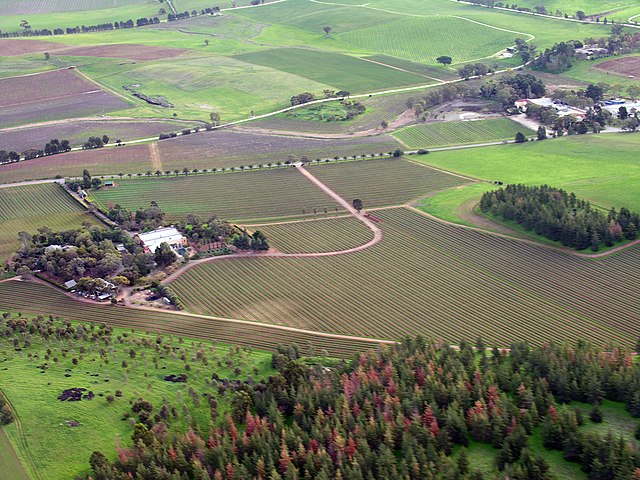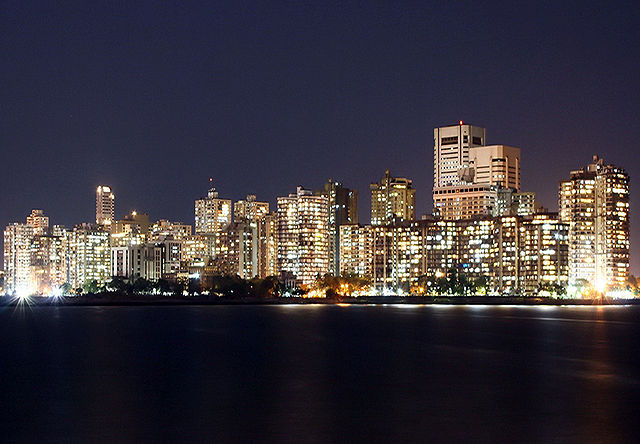In general, a rural area or a countryside is a geographic area that is located outside towns and cities. Typical rural areas have a low population density and small settlements. Agricultural areas and areas with forestry are typically described as rural, as well as other areas lacking substantial development. Different countries have varying definitions of rural for statistical and administrative purposes.
Barossa Valley in South Australia, noted for its vineyards
Rice terraces in Kami, Hyōgo Prefecture in Japan
A rural landscape in Lappeenranta, South Karelia in Finland
Westminster, Vermont
Urbanization is the population shift from rural to urban areas, the corresponding decrease in the proportion of people living in rural areas, and the ways in which societies adapt to this change. It can also mean population growth in urban areas instead of rural ones. It is predominantly the process by which towns and cities are formed and become larger as more people begin living and working in central areas.
Guangzhou, a city of 14.5 million people, is one of the 8 adjacent metropolises located in the largest single agglomeration on Earth, ringing the Pearl River Delta of China.
Mumbai is the most populous city in India, and the eighth most populous city in the world, with a total metropolitan area population of approximately 18.5 million and with the smallest area under the metropolitan of comparable cities in the world.
Moscow, the capital and largest city of Russia, is the largest metropolitan area in Europe; with over 20 million residents in its metropolitan area.
Ho Chi Minh City is the largest city in Vietnam with a population in the Ho Chi Minh metropolitan area of over 21.2 million people.








